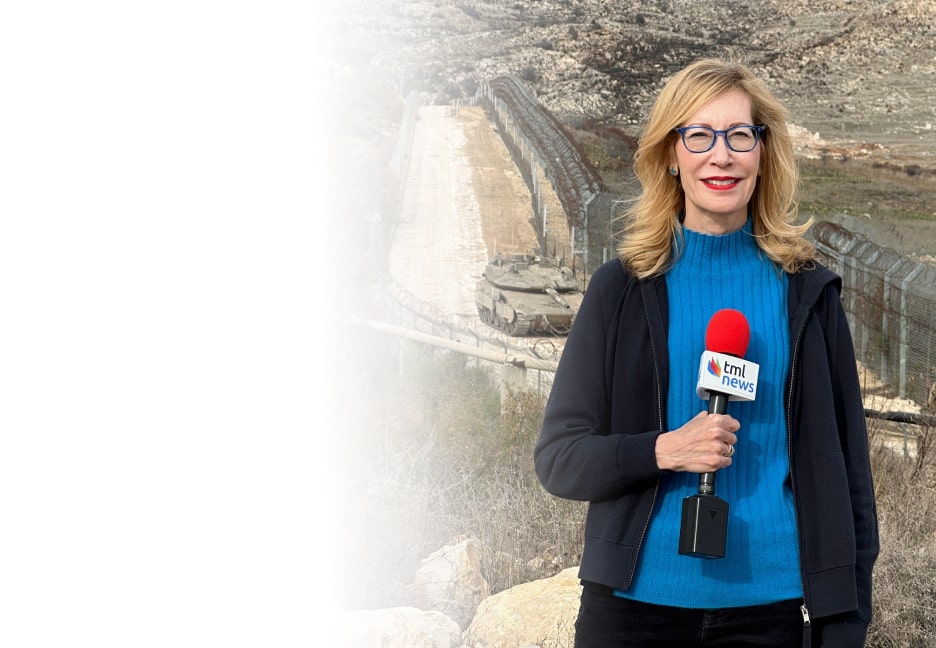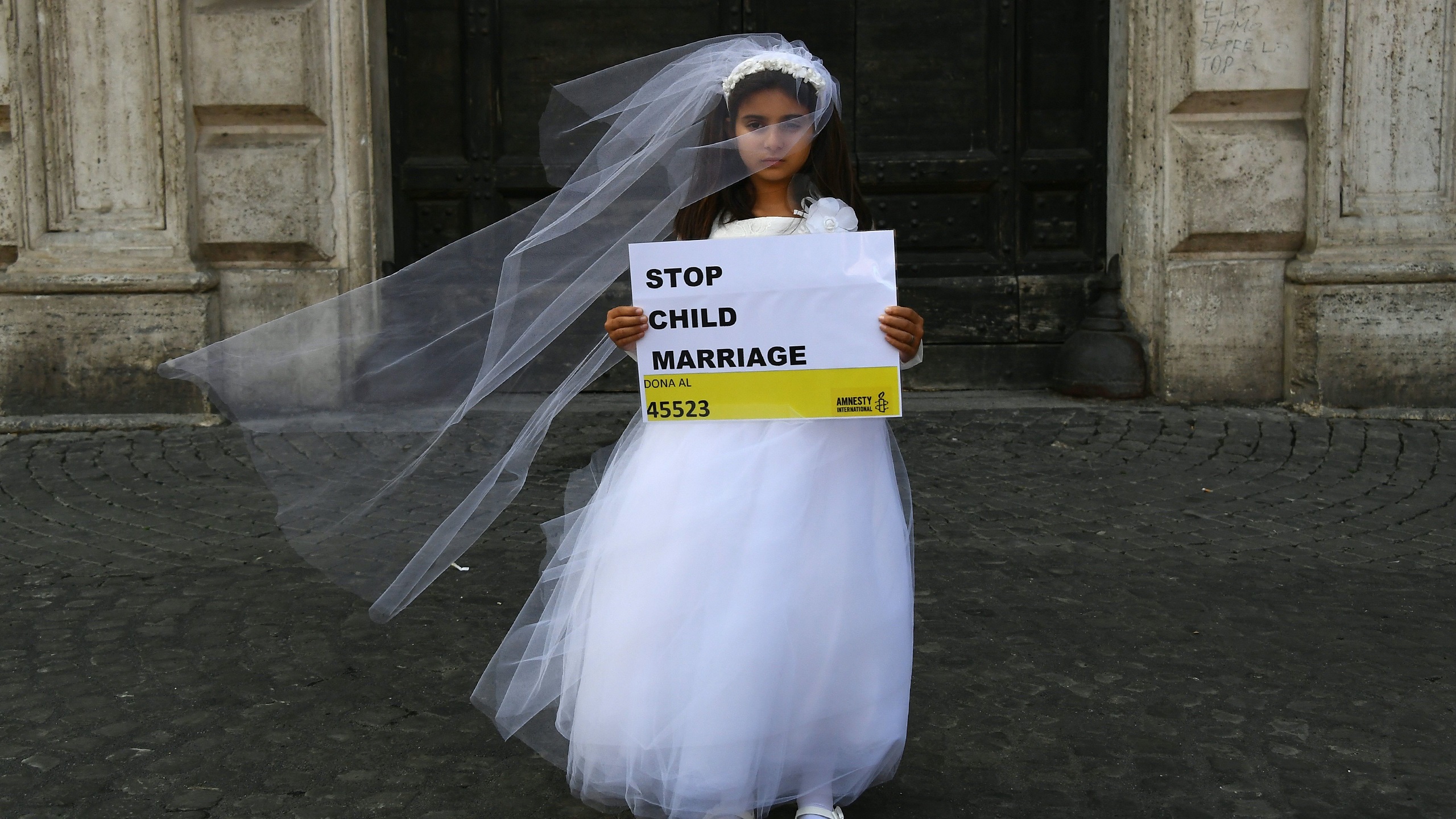The Danger of the Child Marriage Law on the Fate of Iraqi Society
An-Nahar, Lebanon, August 8
“Iraqis are free to make their choices as long as they do not conflict with the rules of Sharia and the foundations of democracy.” This excerpt from the new Iraqi constitution, drafted and ratified in 2005 during the American occupation, serves as a rallying cry for those advocating changes or amendments to the civil status law. These advocates stand against those they accuse of trying to undermine family life, usurp women’s rights, and, more seriously, exploit childhood by endorsing the marriage of young girls. But who are the players pushing for this law? The Coordination Framework—an umbrella bloc of Iraqi Shiite parties united mostly by their opposition to the Sadrist movement—is spearheading the push to enact this law. They argue that it addresses civil status matters for each sect or religion, and claim it is a necessary step to mitigate sectarian tensions in society. For the ruling Shiite parties, a sectarian political system that entrenches their power can only achieve stability by establishing a patriarchal society that deprives women of their rights, curtails their movement, and excludes them from participating in building an egalitarian and non-discriminatory society. It can be argued that the primary aim of the new law, which allows girls to marry at the age of nine, is to eradicate women’s ability to think freely about society from a young age. This form of subjugation echoes the repressive designs of extremist terrorist organizations like ISIS, which have sought to impose similar regimes on the communities they have conquered. In Iraq, the concept of freedom, as established by the Americans post-invasion, is often misapplied. Many interpret it as “do whatever you want, but under sectarian, tribal, or familial protection”—a notion that starkly contrasts with the rule of a religious state like Iran. The religious state that Shiite parties aim to impose on Iraqis is unique in its backwardness, marked by rampant poverty, deprivation, arbitrary rule, discrimination, and isolation. This is a state that neglects its people, as evidenced by the dire conditions in Shiite-majority provinces ravaged by corruption, in stark contrast to the Kurdish region and Sunni-majority areas, which do not experience significant issues with weapon and drug proliferation. Proponents of the new law, steeped in an ISIS-like culture, bypassed civil law experts, instead drawing from militia-led attempts to enforce their edicts on Iraqi society during periods of state collapse. Should the Council of Representatives pass this law, Iraqi society will regress to its most ignorant state. The new law aims to lay the foundations for a particularly stringent religious state, thereby submitting Iraqi society to the will of militias that deem the establishment of a state of law as an adversary to their interests. Under the guise of legal reforms, this law will institutionalize chaos, posing severe consequences for women, reminiscent of the imposition of the hijab on young girls in many elementary schools. This systematic indoctrination will cultivate a generation of women who neither believe in women’s freedom nor possess the critical capacity to oppose discrimination. These are the women who will accept poverty, illness, and ignorance as inevitable facets of life. The issue transcends civil status; it is intrinsically linked to the fate of Iraq and its society. —Farouk Youssef (translated by Asaf Zilberfarb)
This holiday season, give to:
Truth and understanding
The Media Line's intrepid correspondents are in Israel, Gaza, Lebanon, Syria and Pakistan providing first-person reporting.
They all said they cover it.
We see it.
We report with just one agenda: the truth.



